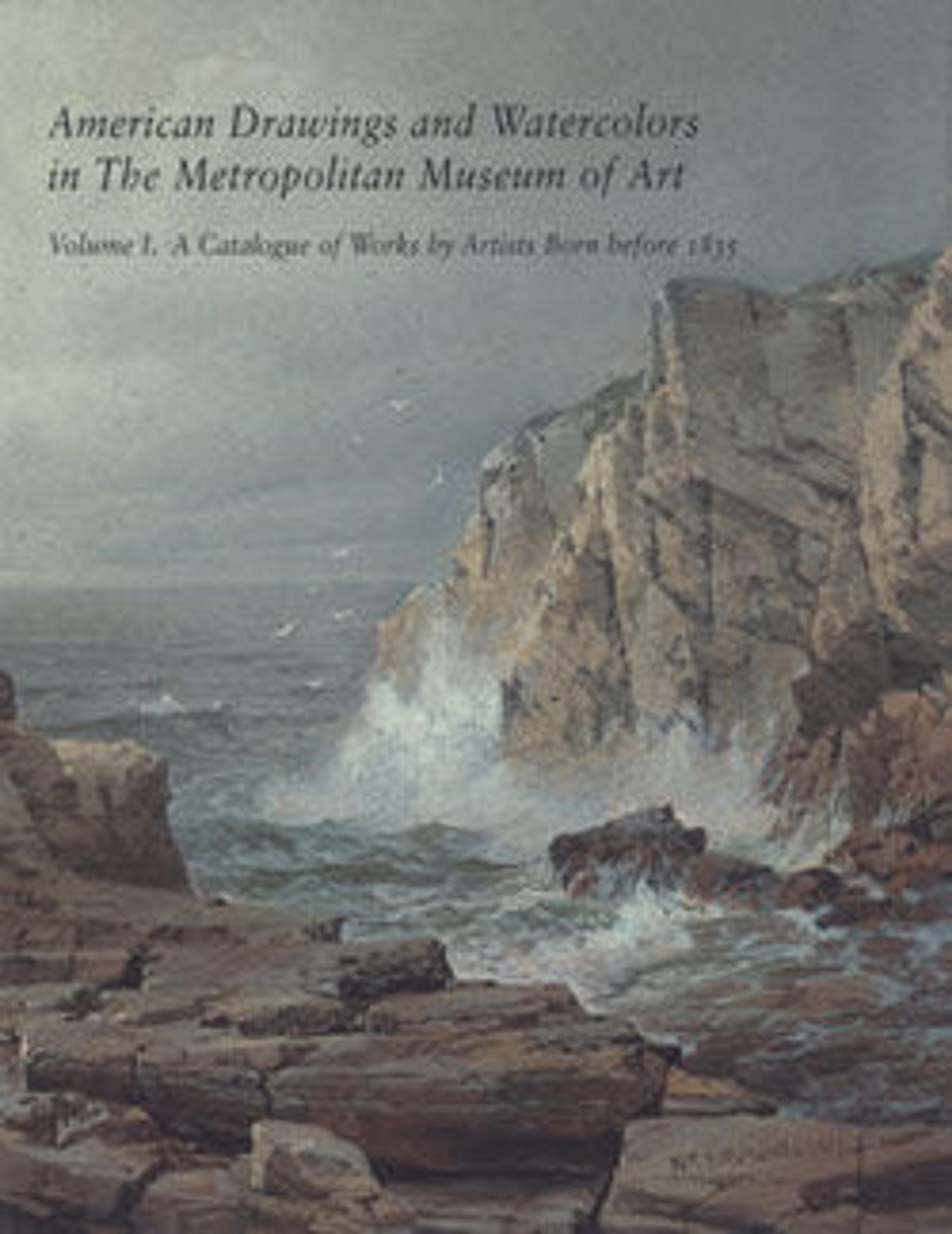The Palisades
By the 1860s Hill had adopted the hatching and stippling technique used by the British and Ameri¬can Pre-Raphaelites. Dictated by John Ruskin’s prescription for “truth to nature,” Hill also began to work outdoors in broad daylight, which produced a tonal equivalence between foreground and background in his watercolors. For this reason—and because the Pre-Raphaelite artists suppressed evidence of brushstrokes—his work often appears photographic. As a Pre-Raphaelite, Hill favored a high, nearly unbroken, horizon that emphasized topographical features at the expense of sky and atmosphere. The viewpoint of this watercolor is said to be the former estate of Christian H. Lilienthal of Yonkers, looking north to the house and property of William S. Cochran at right, with the Palisades across the Hudson River at left.
Artwork Details
- Title: The Palisades
- Artist: John William Hill (American (born England), London 1812–1879 West Nyack, New York)
- Date: ca. 1870
- Culture: American
- Medium: Watercolor and gouache on white wove paper
- Dimensions: 1993.5289 5/8 x 16 1/8 in. (24.4 x 41 cm)
- Credit Line: Morris K. Jesup Fund, 1993
- Object Number: 1993.528
- Curatorial Department: The American Wing
More Artwork
Research Resources
The Met provides unparalleled resources for research and welcomes an international community of students and scholars. The Met's Open Access API is where creators and researchers can connect to the The Met collection. Open Access data and public domain images are available for unrestricted commercial and noncommercial use without permission or fee.
To request images under copyright and other restrictions, please use this Image Request form.
Feedback
We continue to research and examine historical and cultural context for objects in The Met collection. If you have comments or questions about this object record, please contact us using the form below. The Museum looks forward to receiving your comments.
